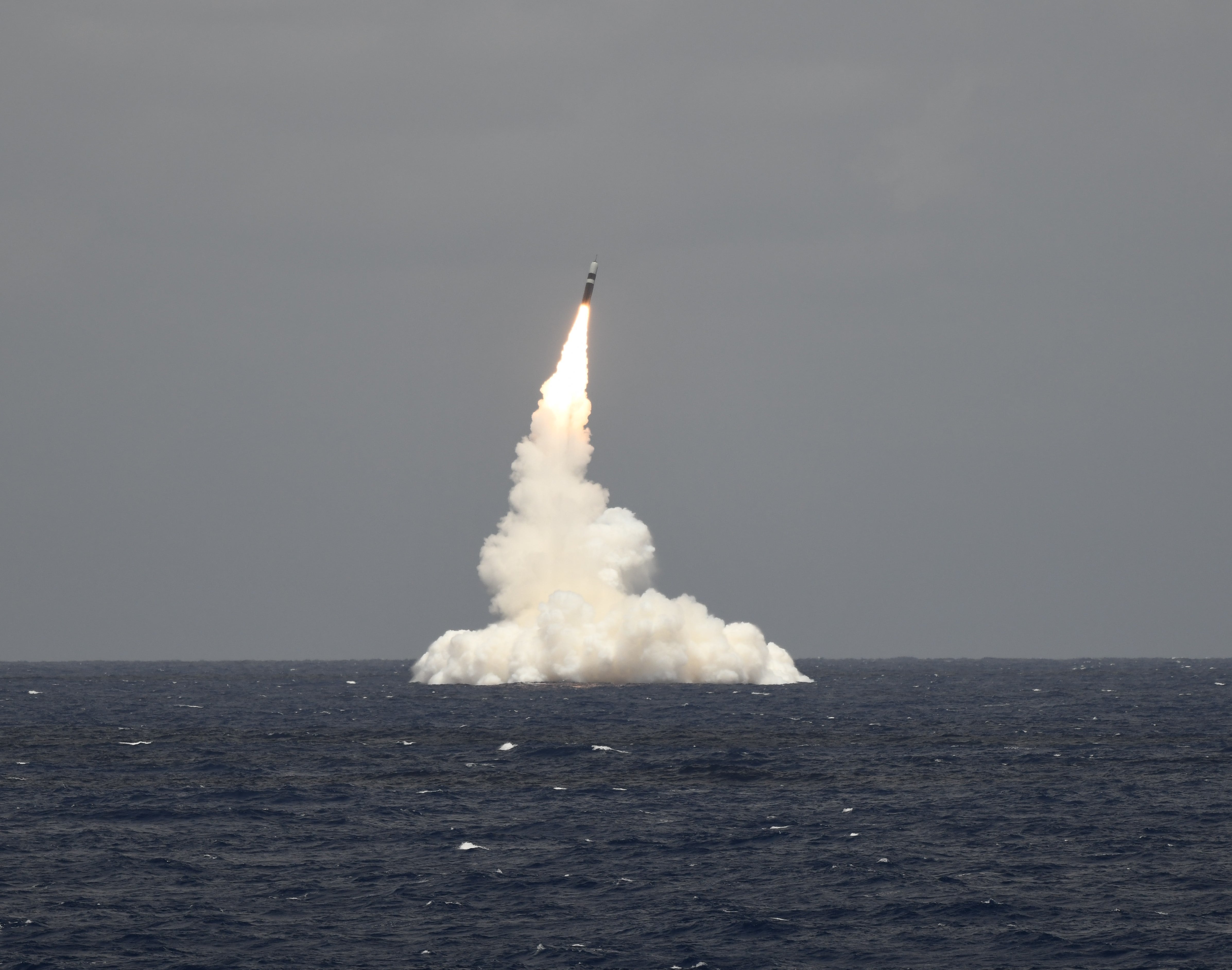WASHINGTON — The Pentagon is not seeing major delays “at this time” to its nuclear warhead modernization efforts in the wake of the coronavirus pandemic, according to a top nuclear official at the department.
The Department of Defense also hopes to “shortly” see initial results from an analysis of alternatives about a potential new nuclear submarine-launched cruise missile, said Drew Walter, who is performing the duties of deputy assistant secretary of defense for nuclear matters.
The Pentagon is in the midst of a major modernization effort across its nuclear warheads and delivery systems. The Trump administration requested roughly $46 billion in funding for nuclear programs in fiscal 2021, with the Pentagon projecting to spent at least $87 billion on its modernization through FY25.
That last figure does not include costs from the National Nuclear Security Administration, a semiautonomous branch of the Department of Energy that has oversight over America’s nuclear arsenal, and which manages the development and production of the warheads.
RELATED

NNSA “took pretty vigorous action back there in March to try and reduce the spread of the virus,” said Walter, adding that since then the agency has “brought folks back, especially on key programs. I would say DoD — we helped them understand what we thought was critical from our side.”
He noted that the pandemic hit at a time when the Pantex plant in Amarillo, Texas, was between production runs, having completed work on the W76-1 and -2 variants last year, which meant it was easier to avoid production disruptions.
“So at this time I’m not seeing any indication there’s going to be, you know, huge slowdowns on the warhead side — though, you know, small perturbations are certainly possible,” Walter said at a May 19 event hosted by the Mitchell Institute. “So overall, I haven’t heard of or seen any huge impacts.”
Meanwhile, the department continues to move forward with its analysis on the SLCM-N, a new nuclear sub-launched cruise missile that came out of the 2019 Nuclear Posture Review.
“Initial results are coming back shortly to help inform the [FY22 presidential budget request] build. We probably won’t complete for some time after that, the [analysis of alternatives], but the initial results will help inform where we should be going,” Walter said.
RELATED

“We'll have to review what the plans are and decide what warhead should be leveraged for it, whether that's something different or something we already have, or something we modified from what we already had,” he continued. “So we'll see. We'll see more in the future, and there'll be discussions this fall about where and how it slots into the larger schedules.”
In February, a department official told Defense News on condition of anonymity that the Pentagon is still sorting how much money the program might cost, but pointed to the estimated price tag for the Long Range Standoff Weapon — or LRSO, a new air-launched cruise missile — as a rough estimate. That weapon is projected to cost the Defense Department about $8-9 billion on top of a similar amount for the National Nuclear Security Administration, which is charged with developing the warhead.
The official added that the range will likely be somewhat longer than that of a conventional Tomahawk weapon, which has a range of about 1,250–2,500 kilometers. If everything goes well with the program — including approval in Congress — the weapon could be ready for deployment in seven to 10 years.
Aaron Mehta was deputy editor and senior Pentagon correspondent for Defense News, covering policy, strategy and acquisition at the highest levels of the Defense Department and its international partners.




